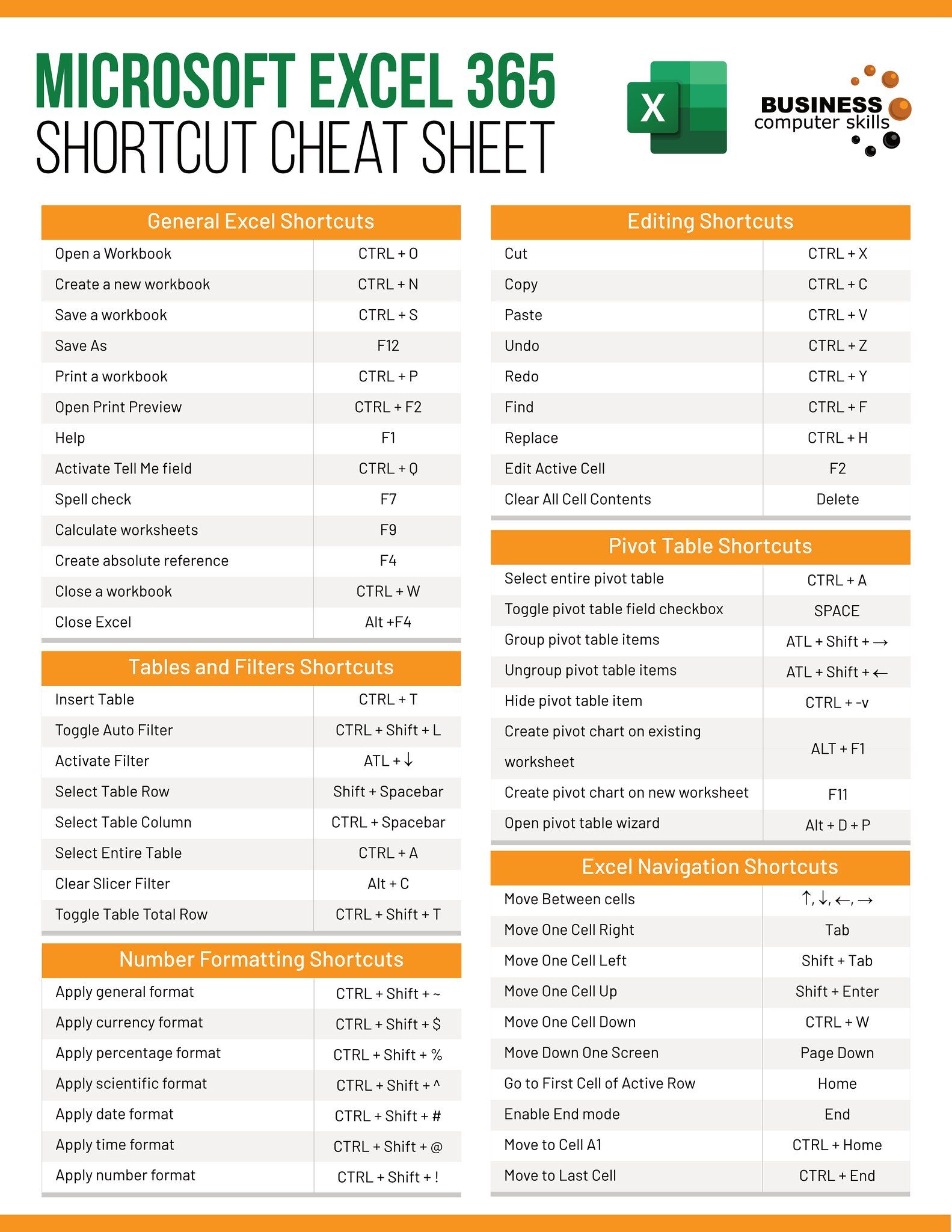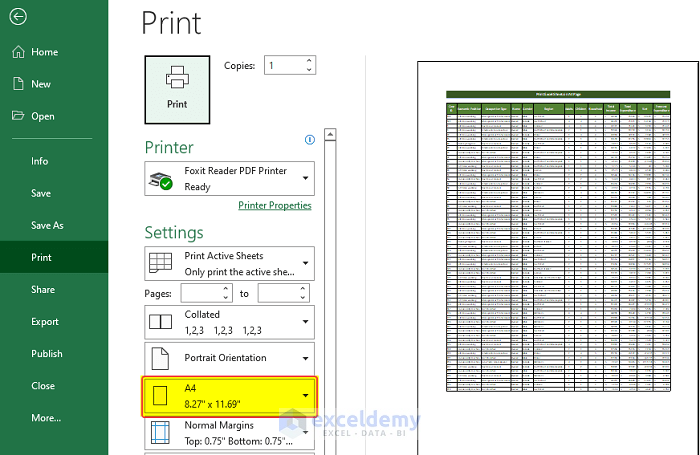Fit Excel Sheet on One Page in 2016 Easily

Have you ever found yourself in a situation where your Excel worksheet refuses to fit neatly on one printed page? It’s a common dilemma, and it often results in frustration when your data spills over onto multiple pages, making it difficult to present or share. Whether you're preparing a report, or just trying to keep your information organized, learning how to fit your Excel sheet onto one page in Excel 2016 can save time and make your documents more professional. Here, we will explore several straightforward methods to ensure your Excel data fits perfectly on one page.
Why Fit Your Excel Sheet on One Page?

Before we dive into the how, let’s briefly discuss why fitting your data onto one page can be beneficial:
- Presentation Clarity: A single-page worksheet looks cleaner and is easier to follow during presentations.
- Professionalism: Keeping data on one page implies that you’ve paid attention to detail, enhancing your document’s professionalism.
- Ease of Sharing: Distributing a one-page printout is more manageable than dealing with multiple pages, reducing confusion and loss.
Adjust Page Layout Settings

One of the easiest ways to ensure your Excel sheet fits on one page is by adjusting the Page Layout settings:
- Click on the Page Layout tab.
- Under Page Setup, click on Margins and choose ‘Narrow’ or adjust them manually to reduce margins.
- Select Orientation and change to Landscape if it makes sense with your data.
- From Scale, choose Adjust to and scale your data to fit. For example, if setting to 90% makes your data fit onto one page, go for it.
Use Fit to Sheet Option

Another straightforward method is using Excel’s Fit to Sheet feature:
- Select the File tab, then choose Print.
- In the Settings section, choose Fit Sheet on One Page from the dropdown menu for the No Scaling option.
Keep in mind that while this method can fit your data onto one page, it might make text and objects smaller, potentially affecting readability.
Manual Adjustments

If the above options don’t produce the desired outcome or you need more control, consider these manual adjustments:
- Reduce Font Size: Select your data, click the Font Size dropdown in the Home tab, and reduce the size. Be mindful of readability.
- Adjust Column Widths and Row Heights: Right-click a column or row header, choose Column Width or Row Height, and set an appropriate size.
- Remove Unnecessary Data: Streamline your sheet by removing columns or rows that aren’t crucial for your audience.
🔎 Note: If you make the font too small, your text might become difficult to read. Strike a balance between fitting data and maintaining legibility.
Print Preview to Perfect the Fit

Using the Print Preview feature is an excellent way to see how your adjustments affect the layout:
- Go to File > Print to enter Print Preview mode.
- Check if your data fits onto one page. If not, go back and make further adjustments.
Remember, Print Preview allows you to see the document as it would appear when printed, helping you make informed decisions on layout adjustments.
To sum it up, fitting your Excel sheet onto one page involves adjusting page settings, using automatic fit options, or manually tweaking your data. Each method has its merits, and your choice might depend on the nature of the data and the audience's needs. This guide should help you prepare professional, clear, and concise Excel printouts with ease.
What if the Fit to Sheet option reduces readability?

+
If the Fit to Sheet feature makes your data too small to read comfortably, consider manually adjusting column widths, row heights, and font sizes or trimming unnecessary data.
Will fitting my sheet to one page affect any formulas?

+
No, adjusting page settings or scaling your worksheet does not affect the underlying data or formulas; it only impacts how the data appears when printed or in preview.
How do I ensure my headers or footers appear on every page?

+
If your data does spread over multiple pages, go to Page Layout > Header/Footer, and set headers or footers to repeat on each page for better organization.



